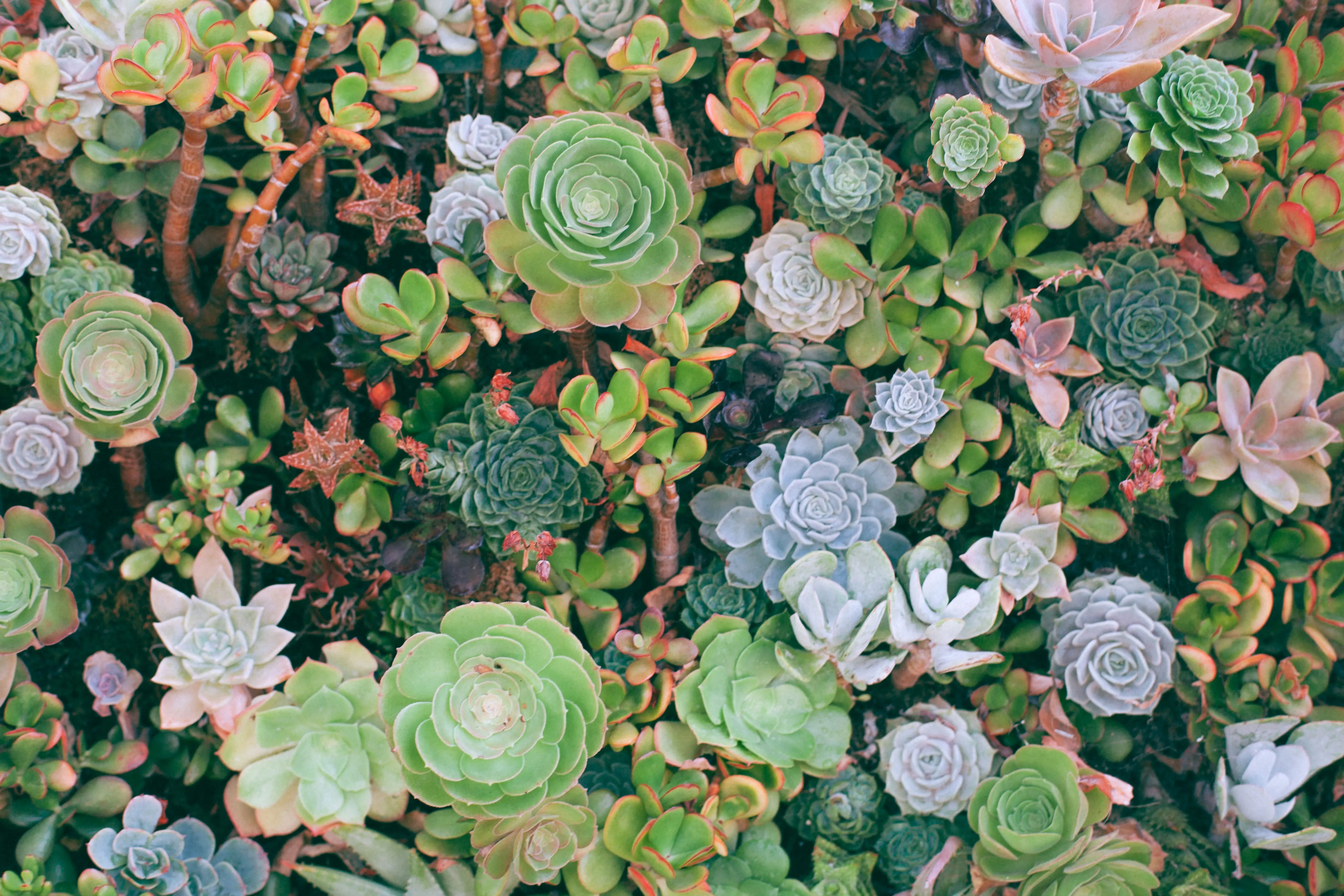Ceratonia siliqua L.
Caroubier | Kharoub
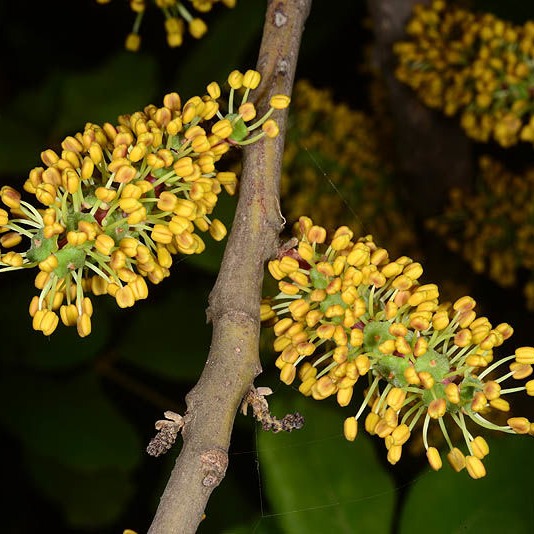
Biosystematics
- Kingdom
- Plantae
- Branch
- Tracheobionta
- Subphylum
- Angiospermes
- Class
- Magnoliopsida
- Subclass
- Rosidae
- Order
- Fabales
- General shape
- Tree
- Life cycle and type
- Perennial
- Specie parts
- Fruit
- Use
- Alimentaire (Humaine) Cosmétique Médicinale Aromatique
- Description
- Le nom d'espèce, siliqua, désigne en latin une silique, ou gousse. Il est aussi appelé carouge, pain de saint Jean-Baptiste, figuier d'Égypte, fève de Pythagore.
- Family
- Fabaceae
- Sub-family
- Genus
- Ceratonia
- Arabic name
- الخروب
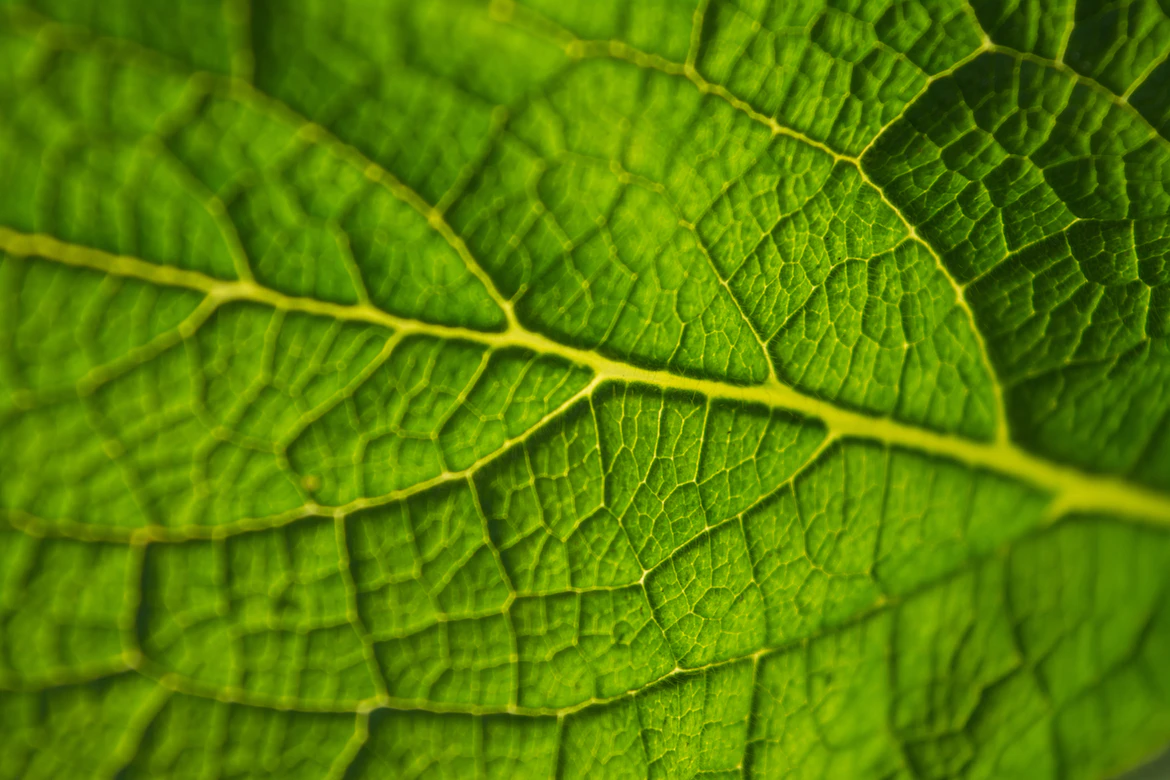
Morphology
- Visible fruit/seeds
- Nitrogen fixation
- Known allelopath
- Natural regeneration capacity
- Remarkable flower
- Max height at maturity
- 700 cm
- Lifespan
- 1200 Month
-
Flower color
#f2f2b5
-
Foliage color
#d4f082
-
Fruit/seed color
#734343
- C:N ratio (Fertility)
- High
- Foliage type
- Evergreen
- Leaf porosity Summer
- High
- Leaf porosity Winter
- Dense
- Foliage texture
- Dense
- Growth rate
- Medium
- Root system depth
- Deep
- Active growth period
- Spring Summer
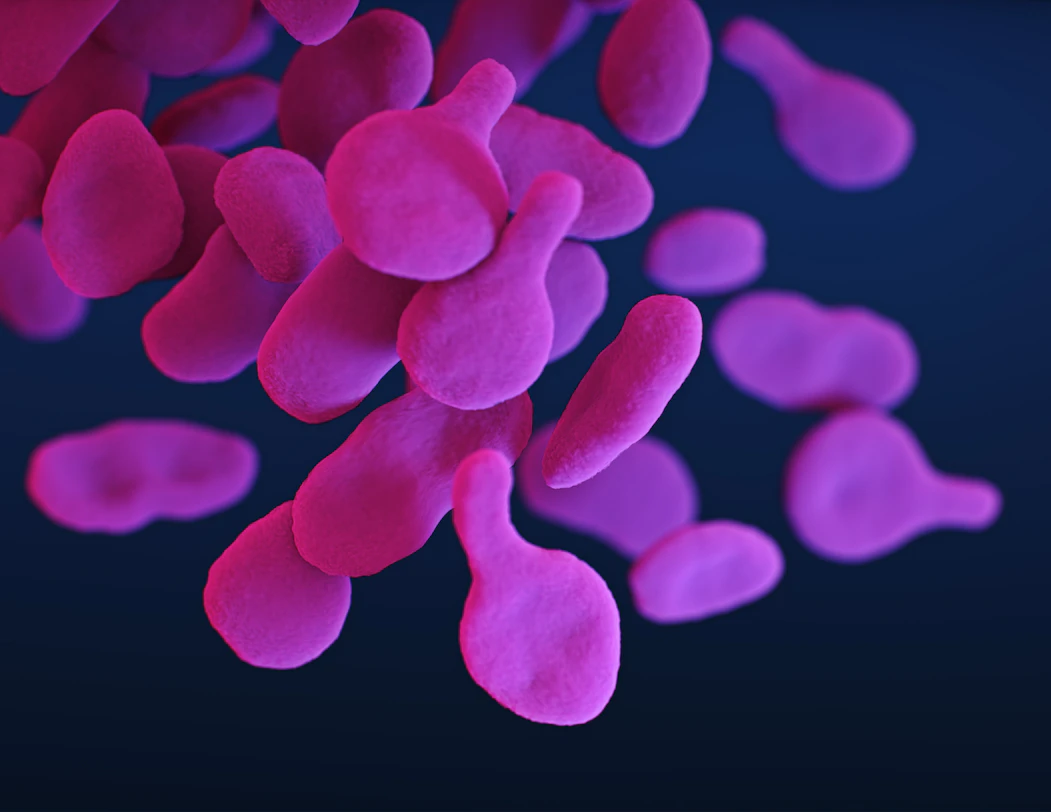
Biology
- Fruit/seed persistence
- Fruit/seed abundance
- Tendency to conserve
- Duration of seed dispersal
- 50 Day
- Water content
- 45 %
-
Beginning of fruit/seed period 2023-06-01
-
End of fruit/seed period 2023-09-30
- Maturation
- Summer Autumn
- Flowering period
- Spring
- Reproduction
- Sexual and vegetative
- Seed dispersal unit
- Fruit (Pod with several seeds)
- Type of release
- Barochory
- Dispersal area
- Low
- Pollinators
-
- Wind Bee Butterflies Wasps Flies
- Shade tolerance
- Grazing tolerance
- High
- CaCO3 tolerance
- Medium
- Seed longevity (germination power)
- espece.longue
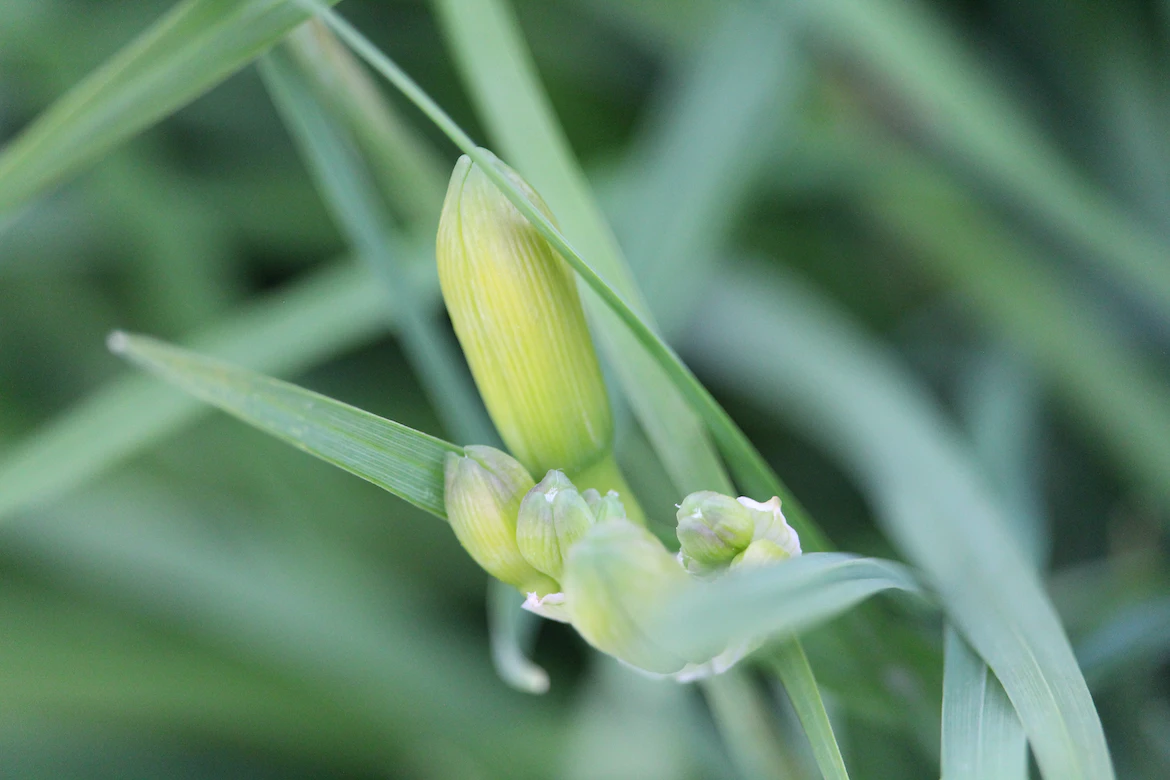
Multiplication
- Seed dormancy
- Commercial availability of seeds
- Light effect
- Reforestation potential
- Weight of 1000 seeds
- 0.8 Kg
- Seed impurity
- 60 %
- Latency period
- 4 Days
- Germination rate
- 70 %
- Germination speed
- 5 Days
- Average germination time (DMG)
- 8 Days
- Optimal temperature for germination
- 28 C°
- Plant density
- 650 Ha
